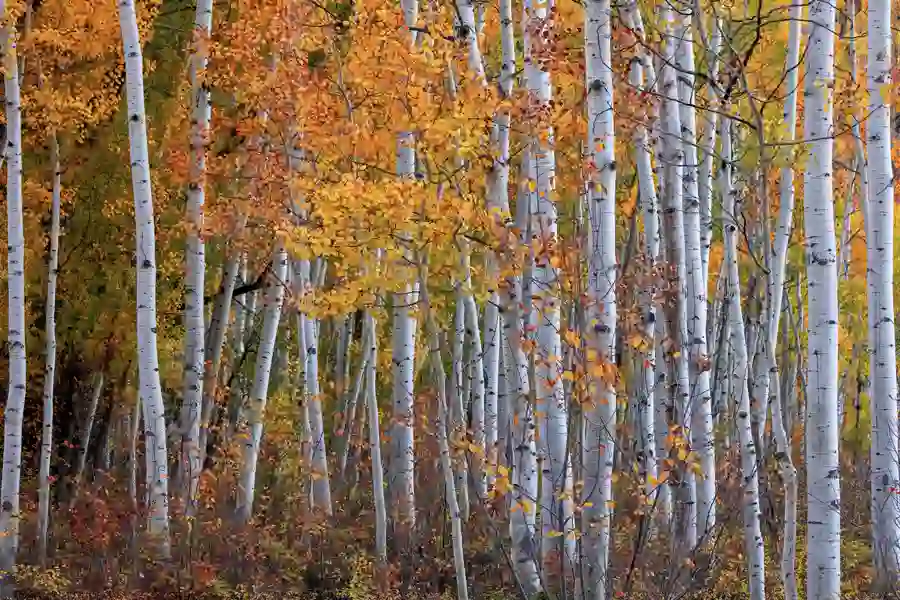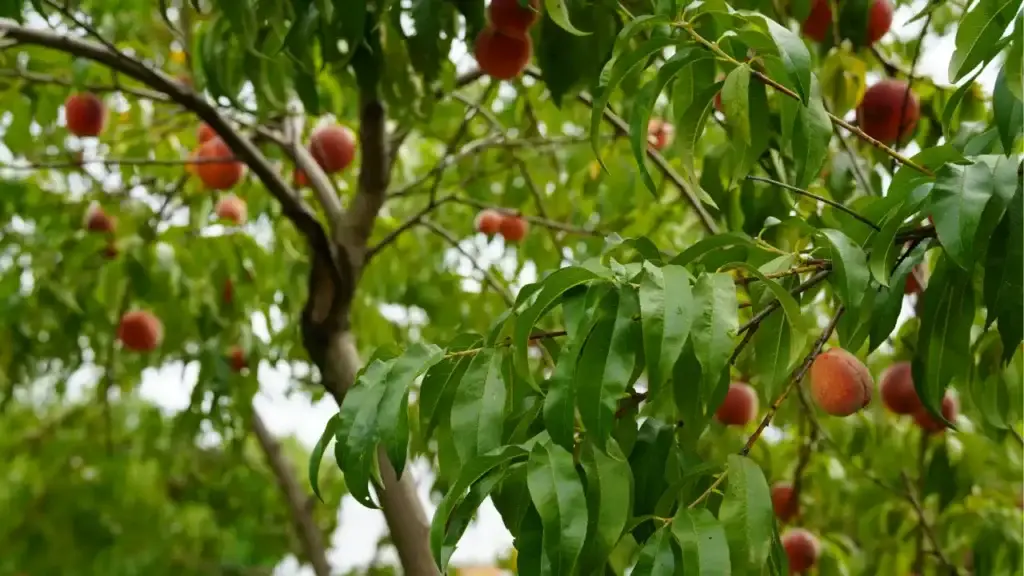What is the Best Time to Trim Each Type of Tree in Idaho?
The best time to trim most trees in Twin Falls, Idaho is November through February during dormant season. Oak trees need December through February only because of oak wilt disease. Maple trees get trimmed in summer – June through August – to prevent sap bleeding. Fruit trees need winter pruning before buds swell. Palm trees aren’t common in Twin Falls climate but indoor varieties get trimmed during growing season.
Timing your tree trimming right in Twin Falls saves you 20-40% on costs and prevents tree damage. TwinFallsTreePros.com helps homeowners in Twin Falls, Jerome, Burley, and surrounding Magic Valley communities understand proper tree care timing for Idaho’s unique climate. Wrong timing kills trees. Or costs you extra money. Sometimes both.


Why Timing Matters in Idaho’s Climate
Trees in Twin Falls respond to Idaho’s distinct seasonal changes. Cut branches when the tree is pumping nutrients and water at full speed during our short growing season and you’re creating wounds during maximum stress.
During dormancy trees slow their metabolic processes. In Twin Falls this happens earlier than warmer climates – usually by late October. Wounds heal with less overall stress on the system. You can also see the tree structure clearly without leaves getting in the way.
Money factor – winter trimming costs way less in Twin Falls. December through February demand drops and local companies offer serious discounts. Summer trimming when everyone needs storm damage fixed after Idaho thunderstorms? That’s when you pay premium rates.
Oak Trees Need Special Disease Prevention
Oak wilt disease spreads through fresh cuts. This fungal infection kills trees in months, not years. Oak trees in Twin Falls and Jerome face this same risk.
Never trim oaks April through October. Beetles that carry oak wilt stay active during warm months and they find fresh cuts fast.
Trim oaks December through February only in Twin Falls area. Some arborists push this to early March but Idaho’s early spring warming makes this risky.
Young oak trees under 3 years old get different treatment. Remove only dead or broken branches regardless of season. Young oaks don’t have energy reserves to handle trimming stress, especially in Idaho’s harsh winter conditions.
Storm damage to oaks during growing season? You have to seal cuts immediately with pruning paint. Most arborists don’t recommend pruning paint for other trees. Oaks are different.
Pine Trees Common in Twin Falls Area
Pines don’t go fully dormant so winter-only rules get complicated. Twin Falls has plenty of pine varieties that need specific timing.
Best timing: late fall through early spring in Twin Falls area. But never cut the central leader trunk. This kills pine trees by destroying their growth pattern.
Pine trimming mostly involves removing lower branches as trees mature. Called “limbing up” and it’s best done late winter before spring growth starts in March.
Common mistake with pines around Twin Falls – people think more cutting creates better shape. Pine trees develop their form naturally. Heavy pruning creates weak branch attachments that break during Idaho wind storms.
Young pines need almost no trimming. Mature pines benefit from deadwood removal and selective thinning every 3-5 years.
Fruit Trees Popular in Magic Valley
Twin Falls area has lots of fruit trees. They need annual pruning to produce quality fruit and prevent disease. High maintenance compared to shade trees.
Best timing for Twin Falls fruit trees: late winter while dormant. January through early March works in Magic Valley. Finish before buds start swelling which happens earlier here than northern Idaho.
Apple and pear trees get pruned more aggressively than stone fruits. Cherries and peaches are more susceptible to bacterial infections through pruning cuts.
Goal with fruit tree pruning in Twin Falls is creating open center for light penetration and air circulation. Prevents fungal problems that hit overgrown fruit trees during humid summer evenings.

Maple Trees Break the Winter Rule
Maples are better trimmed mid-summer than winter. They’re “bleeders” – cut them during winter or early spring and they ooze sap for weeks.
This doesn’t necessarily harm the tree but it looks bad and attracts insects common in Twin Falls summers.
Best timing for maples in Twin Falls: June through August when sap flow slows. Tree handles wounds better during this period before fall temperatures drop.
Sugar maples, red maples, silver maples all follow this pattern. Norwegian maples common in Twin Falls bleed less but still benefit from summer pruning.
Shade Trees Common in Twin Falls
Twin Falls area has lots of shade trees that need specific timing considerations for Idaho’s climate.
Ash trees need winter pruning to prevent emerald ash borer problems. December through February works best before spring activity starts.
Cottonwoods common along Snake River need careful timing. Late winter pruning prevents excessive spring bleeding and reduces storm damage potential.
Locust trees popular in Twin Falls landscaping get trimmed during dormant season. These fast-growing trees need annual attention to prevent weak branch development.
Twin Falls Climate Zone Considerations
Twin Falls sits in USDA zones 6a-6b which affects timing recommendations. Different from Boise or northern Idaho timing.
Winter arrives earlier in Twin Falls than southern areas. Start dormant season work by November when possible.
Spring warming happens fast in Magic Valley. Finish dormant season work by early March before rapid spring growth starts.
Summer heat stress affects trees more than northern Idaho. Plan summer trimming for early morning or evening hours.
Fall weather varies dramatically year to year. Watch actual tree dormancy rather than calendar dates.
Local Cost Differences in Magic Valley
TwinFallsTreePros.com connects you with local arborists who understand Magic Valley seasonal pricing and timing.
Cheapest period: December through February when demand drops in Twin Falls area. Local companies offer 30-40% discounts during slow periods.
Most expensive: late spring through summer when storm damage from Idaho thunderstorms creates urgent need.
Emergency rates: storm damage trimming costs 2-3 times normal rates when everyone in Twin Falls needs service after summer storms.
Budget-conscious approach: book winter trimming in early fall when Twin Falls companies schedule slower season work. Working with local professionals helps you time projects for both tree health and cost savings.
What Goes Wrong With Bad Timing in Idaho
Poor timing doesn’t just stress trees in Twin Falls climate. Creates expensive problems.
Trimming during active growth stimulates excessive new growth that’s weak and breaks easily during Idaho wind storms. These “water sprouts” often need removal within a year.
Cutting during pest-active periods invites infestations. Fresh cuts release chemical signals that attract boring insects and bark beetles common in Magic Valley.
Disease transmission increases when trees get cut during warm, humid periods when fungal spores stay active.
Late season pruning stimulates new growth that doesn’t harden off before Twin Falls early winters. Leads to freeze damage.
Storm Damage Common in Magic Valley
Storm damage creates different timing requirements around Twin Falls. Safety trumps optimal tree health timing.
Broken branches hanging over houses after Idaho thunderstorms need immediate removal regardless of season or tree type. Leaving dangerous branches creates liability issues and property damage risks.
Emergency tree work costs more in Twin Falls. Way more. Storm damage creates high demand and local companies charge accordingly.
Wind damage from Idaho storms often requires immediate attention even during poor timing for tree health.
Local Tree Species Considerations
Trees commonly planted in Twin Falls area have specific timing needs for Idaho conditions.
Russian olive trees common in older Twin Falls neighborhoods need aggressive pruning during dormant season to control size and shape.
Elms popular in historic Twin Falls areas need Dutch elm disease prevention through proper timing. Winter pruning reduces disease transmission risk.
Ornamental trees like flowering crab apples need post-bloom pruning in late spring after Magic Valley’s short flowering period.
Professional Services in Twin Falls Area
Small tree trimming during optimal timing can be DIY project in Twin Falls. Large trees or wrong-season emergency work needs professionals familiar with Idaho conditions.
Professional arborists understand species-specific timing better than general landscapers. Certified arborists worth extra cost for valuable trees in Twin Falls climate.
Local contractors book winter work early. Popular Twin Falls tree services schedule dormant season work starting in October.
Working With Twin Falls Weather
Idaho weather affects timing more than general guidelines suggest. Plan around actual conditions rather than calendar dates.
Early winter freezes can extend dormant season work later into December in Twin Falls area.
Late spring snowstorms can delay optimal timing for some species. Watch weather forecasts when planning spring work.
Summer heat waves require rescheduling summer trimming work to cooler periods.
Fall weather varies significantly year to year around Twin Falls. Be flexible with timing based on actual tree dormancy.
Getting Twin Falls Timing Right
Most trees in Twin Falls benefit from dormant season trimming December through February. Idaho-specific conditions override general rules.
Consult local certified arborist when uncertain. Twin Falls area arborists understand regional timing variations and local tree species better than out-of-area services.
Tree trimming timing affects tree health, your budget, and long-term landscape success in Magic Valley’s unique climate. Getting it right first time prevents expensive corrections later.
TwinFallsTreePros.com connects Twin Falls homeowners with experienced local tree care professionals who understand proper timing for Idaho conditions and regional tree species. Quality tree care in Magic Valley starts with proper timing and qualified local professionals.

